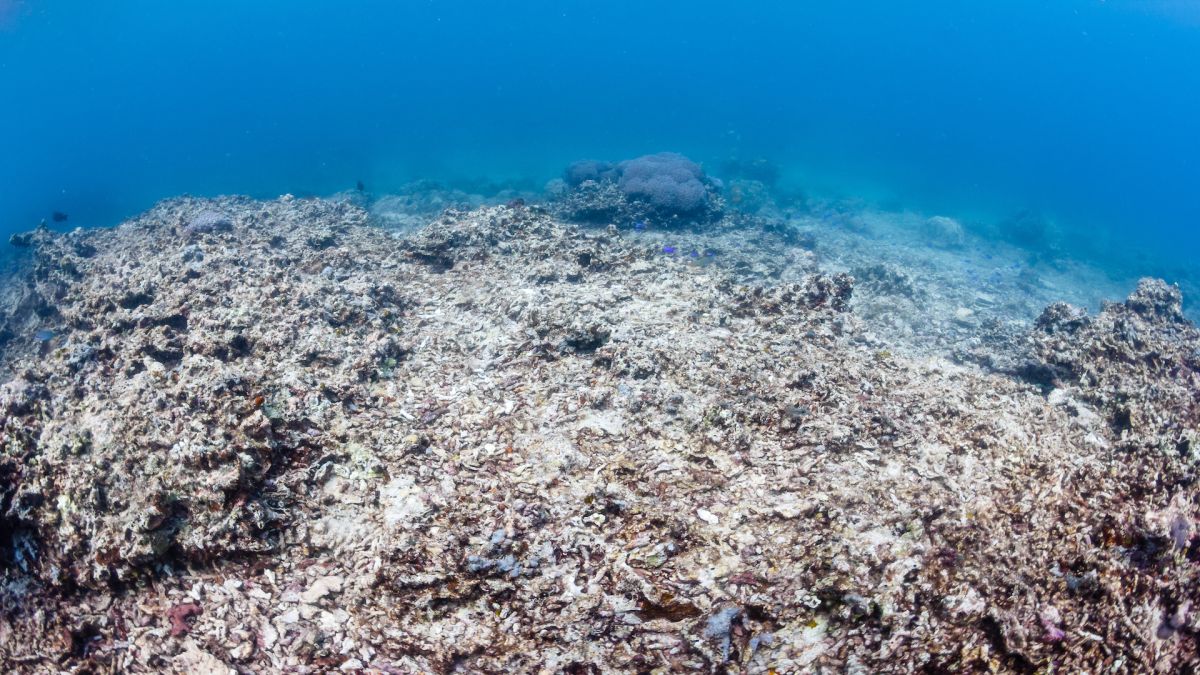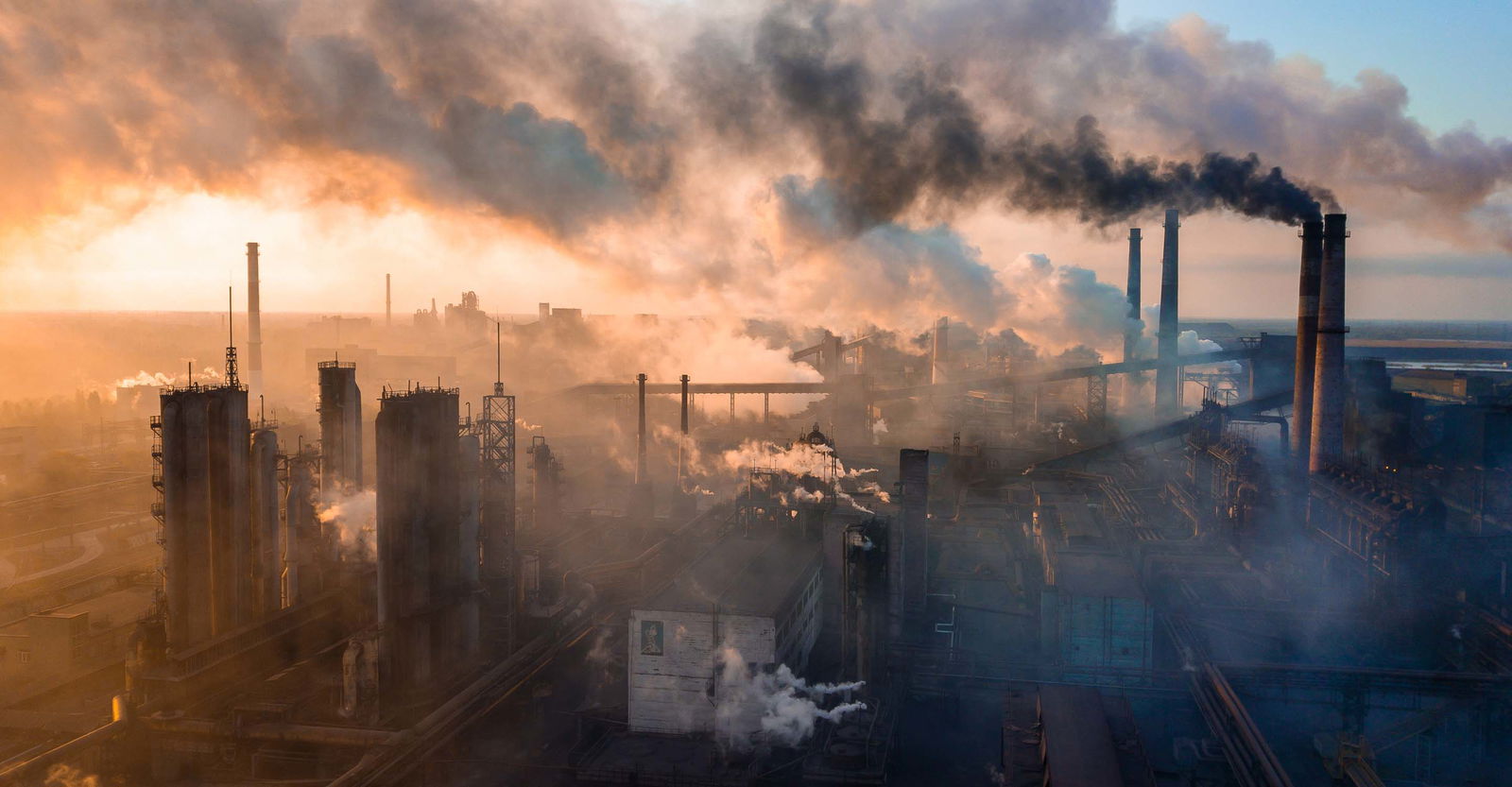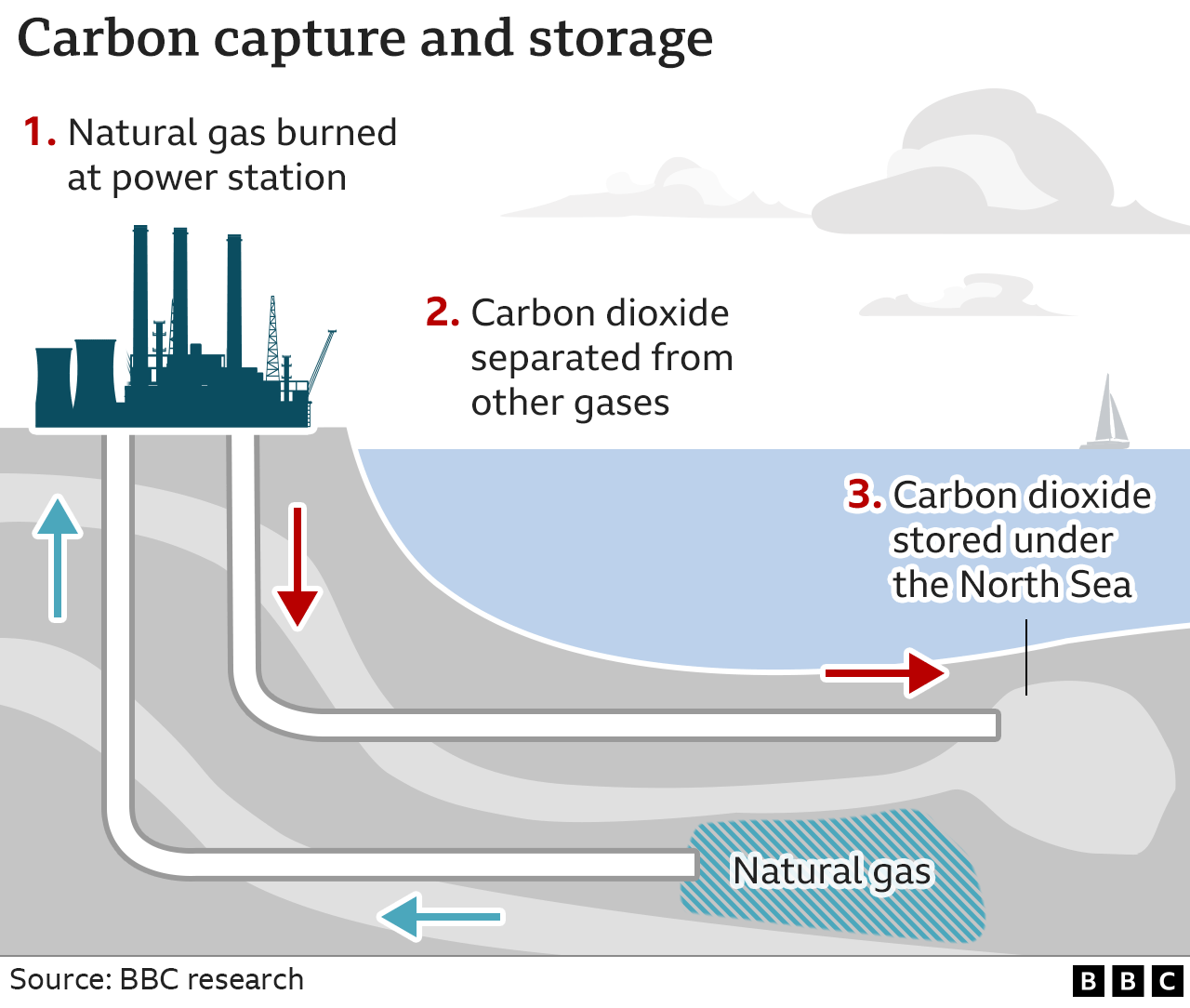How carbon capture companies are helping to tackle climate change


· 14 min read
This article is part of our series to spread free & quality sustainability knowledge for all. Compare the carbon credit purchases, total emissions, and climate targets of thousands of companies on illuminem Data Hub™ — a platform designed to benchmark sustainability performance and help sustainability providers generate sales leads!
As the urgent need to mitigate climate change grows, carbon capture has emerged as a critical technology to combat greenhouse gas emissions. Amidst this global challenge, a promising cohort of innovative companies has risen to the occasion, driving the development and deployment of carbon capture solutions. These forward-thinking enterprises are not only recognizing the gravity of our environmental predicament but also actively pioneering ways to capture and store carbon dioxide (CO2) from industrial processes and power generation.
In this article, we delve into the realm of carbon capture companies, exploring the cutting-edge technologies that are reshaping the fight against climate change. These companies are revolutionizing the landscape of sustainable practices by transforming carbon dioxide emissions into valuable opportunities for carbon neutrality and beyond. By harnessing advancements in science, engineering, and policy frameworks, these companies are embracing the dual challenge of reducing emissions while facilitating the transition to a low-carbon economy. Through their unwavering commitment to innovation, these industry leaders are bridging the gap between ambition and action, providing tangible solutions to the complex puzzle of climate change.
Do you even understand the gravity of the problem at hand? First, let’s try to understand why carbon emissions are dangerous. Carbon emissions, particularly in the form of carbon dioxide (CO2), pose significant dangers to our environment and human health. While carbon is a natural element found in the Earth's atmosphere, the accelerated release of carbon emissions from human activities, such as burning fossil fuels, deforestation, and industrial processes, has disrupted the delicate balance of our planet's carbon cycle. Here are some key reasons why carbon emissions are considered hazardous:

Carbon emissions are a major contributor to global warming, which is one of the most pressing global challenges of our time. CO2 and other greenhouse gases trap heat in the atmosphere, leading to a phenomenon known as the greenhouse effect. This trapped heat alters the Earth's climate system, resulting in rising global temperatures, melting ice caps and glaciers, sea-level rise, extreme weather events, and disruptions to ecosystems.
The burning of fossil fuels, such as coal, oil, and natural gas, is the main source of human-caused CO2 emissions. When these fuels are burned, they release CO2 into the atmosphere. CO2 is also released into the atmosphere from deforestation, as trees absorb CO2 from the atmosphere. Ultimately, the increase in CO2 levels in the atmosphere is causing the planet to warm.

Excess carbon dioxide is absorbed by the oceans, leading to a process called ocean acidification. When CO2 dissolves in seawater, it forms carbonic acid, which lowers the pH of the ocean. Industrialization has been identified as one of the major causes of the increased level of CO2 in our oceans. Before industrialization, the concentration of carbon dioxide in the atmosphere was just 280 parts per million (ppm). With the increased use of fossil fuels, the concentration is now approaching 400 ppm.
This acidification has adverse effects on marine life, including coral reefs, shellfish, and other organisms that rely on calcium carbonate to build their shells or skeletons. Ocean acidification disrupts the marine food chain, jeopardizing the health and survival of marine ecosystems and the livelihoods of millions of people who depend on them.

Carbon emissions from the burning of fossil fuels release not only CO2 but also other pollutants, such as particulate matter, nitrogen oxides, and sulfur dioxide. These pollutants contribute to air pollution, which has severe implications for human health. Exposure to high levels of air pollution is linked to respiratory problems, cardiovascular diseases, asthma, lung cancer, and other respiratory ailments. Vulnerable populations, including children, the elderly, and individuals with pre-existing health conditions, are particularly at risk.
The impacts of CO2 on human health are likely to become more severe in the future as the Earth continues to warm. It is important to take steps to reduce CO2 emissions and mitigate the effects of climate change in order to protect human health.

Carbon capture technology, also known as carbon capture and storage (CCS) or carbon capture, utilization, and storage (CCUS), is a process that involves capturing carbon dioxide (CO2) emissions from industrial sources, such as power plants, cement factories, and refineries, and storing or utilizing the captured CO2 to reduce its release into the atmosphere.
The carbon capture process typically involves the following steps:
The first step is to capture CO2 emissions from the industrial source. Various techniques are employed for carbon capture, including:
This method involves removing CO2 from flue gases after the combustion of fossil fuels. It typically uses chemical solvents or adsorbents to selectively capture CO2.
In this approach, fossil fuels are converted into syngas (a mixture of hydrogen and carbon monoxide) before combustion. CO2 is then separated from the syngas before it is burned, enabling capture at higher concentrations.
Oxyfuel combustion is a type of combustion that uses pure oxygen instead of air to burn fuel. This process produces a flue gas that is primarily composed of carbon dioxide and water vapor with very little nitrogen. This makes it easier to capture and store carbon dioxide, which is a major greenhouse gas.
Oxyfuel combustion is a promising technology for reducing greenhouse gas emissions from power plants and other industrial facilities. However, it is not yet widely used because it is more expensive than conventional combustion.
Once captured, the CO2 is transported from the capture site to a suitable storage or utilization site. Transportation can be accomplished through pipelines, ships, or trucks, depending on the distance and the volume of CO2 to be transported.
The captured CO2 is stored in underground geological formations to prevent its release into the atmosphere. Storage options include oil and gas reservoirs, deep saline formations, and un-minable coal beds.
Instead of storing the captured CO2, it can be utilized in various ways to create value and reduce emissions. Enhanced oil recovery (EOR) is a common utilization of CO2. CO2 can be used in certain oil fields to enhance oil recovery. The CO2 is injected into the oil reservoir, where it helps mobilize and extract additional oil. This method provides a dual benefit of CO2 storage and increased oil production. Approximately 80 Mt CO2 is used for enhanced oil recovery per year.
Certain companies are at the forefront of the battle to remove excess carbon dioxide from our atmosphere. In this section of the article, we introduce readers to the leading carbon capture companies around the world. These innovative carbon capture companies are helping us capture carbon dioxide in ways never seen before. With their carbon dioxide removal efforts and intentional efforts to reduce carbon emissions, we can build a sustainable future.

Carbon Engineering is a major company in the carbon capture sector. The Canadian company has developed direct air capture (DAC) technology to remove CO2 from the atmosphere. The company’s DAC technology captures carbon dioxide from the air at a megaton scale. They aim to provide scalable solutions for carbon removal and utilize the captured CO2 for various applications. Carbon Engineering’s unique liquid DAC technique employs a potassium hydroxide solution to trap CO2.

Climeworks, based in Switzerland, specializes in direct air capture technology as well. They have deployed large-scale carbon capture plants that capture CO2 from ambient air. The captured CO2 is then utilized or permanently stored underground. Recently, Climeworks sealed a carbon dioxide removal (CDR) agreement with JP Morgan Chase. The agreement worth over $20 million represents one of the largest purchases to date in the DAC industry between a single corporate buyer and a single CDR company.

Carbfix prides itself as a carbon capture company that turns CO2 into stone. Carbfix essentially imitates the natural process of storing CO2 in rocks and accelerates it. The process involves dissolving CO2 in water. The dissolved CO2 is then injected into the subsurface, where it reacts with favorable rock formations to form solid carbonate minerals through natural processes in about two years. It is a permanent carbon removal of sorts as it keeps carbon locked away for thousands of years.

Aker Carbon Capture provides both offshore and onshore carbon capture services. The Norway-based company has a decade of experience capturing CO2 from WtE, gas and coal-fired power plants, refineries, and cement industries. Aker Carbon Capture collaborates with CO2 storage companies with complementary storage technologies.

Global Thermostat was founded in 2010. It has one of the most advanced direct air capture solutions in the world. The company’s patented solid adsorption process uses fans to blow air through contactors that bind to CO2, which is subsequently separated out with low-temperature heat. The contractors have customized surface geometry and sorbents that optimize CO2 capture.

Carbonfree is on a mission to capture 10% of the world's industrial CO2. It offers different carbon capture technologies and solutions to help businesses achieve their net zero goals. These technologies include SkyCycle and SkyMine. SkyMine came into existence as the world’s first and largest industrial-scale carbon mineralization facility. It is capable of capturing up to 50,000 metric tons of CO2 per year from cement flue gas, transforming it into sodium bicarbonate that is on sale for people to buy.
Other innovative carbon capture projects include Shell’s Quest Carbon Capture and Storage, which uses a post-combustion capture system to remove CO2. CO2 Solutions by Saipem is another carbon capture project worthy of note. It uses the carbonic anhydrase (CA) enzyme that is naturally present in humans and all living organisms. With this system, you can capture carbon dioxide directly from industrial sources like chimneys.
The biggest contributor to global warming is the increased concentration of greenhouse gases in the Earth's atmosphere, primarily carbon dioxide (CO2) and methane (CH4). These gases trap heat from the sun, leading to the greenhouse effect and the subsequent rise in global temperatures. While there are multiple sources of greenhouse gas emissions, the burning of fossil fuels for energy production is the largest single contributor to global warming.
Burning fossil fuels, such as coal, oil, and natural gas, releases substantial amounts of CO2 into the atmosphere. The combustion of these fuels for electricity generation, transportation, industrial processes, and residential heating accounts for a significant portion of human-caused CO2 emissions. The widespread use of fossil fuels in various sectors, particularly in the energy and transportation sectors, has resulted in a substantial increase in atmospheric CO2 levels over the past century.
The profitability of carbon capture projects can vary depending on several factors, including the specific technology used, the scale of the project, the cost of carbon capture and storage (CCS) implementation, and the economic and policy context in which the project operates.
At present, carbon capture technology faces challenges in terms of cost-effectiveness and scalability. The costs associated with capturing, transporting, and storing carbon dioxide (CO2) can be significant, particularly for large-scale projects. The high initial capital costs, as well as ongoing operational and maintenance expenses, can make carbon capture projects financially demanding.
There are a number of reasons why China's CO2 emissions are so high. These include rapid economic growth, a large population, and inefficient energy use. China has taken some steps to reduce its CO2 emissions, but more needs to be done. The country has set a goal of peaking its emissions before 2030 and reaching net-zero emissions by 2060. To achieve these goals, China must continue investing in renewable energy, improving energy efficiency, and shifting away from coal.
No, carbon capture isn’t greenwashing. The term "greenwashing" refers to the practice of making misleading or unsubstantiated claims about the environmental benefits of a product, service, or company with the intention to present a more environmentally friendly image than is warranted.
However, it is important that companies are genuinely committed to reducing emissions in other areas of their operations in addition to capturing carbon. Transparency in communicating the purpose, scale, and actual impact of carbon capture projects is essential to avoid misleading claims.
Also, carbon capture should not be seen as a substitute for reducing emissions at the source. If companies rely heavily on carbon capture as a means to continue high-emission practices without taking sufficient steps to transition to cleaner energy sources or reduce their overall carbon footprint, it can be seen as greenwashing.
Some of the best carbon capture companies are Carbonfree, Climeworks, AkerCarbon Capture, Carbfix, and Carbon Engineering.
Carbon capture technology holds promise as a crucial tool in mitigating climate change and reducing greenhouse gas emissions. While it faces challenges in terms of cost-effectiveness and scalability, advancements in carbon capture have shown potential for capturing and storing or utilizing carbon dioxide (CO2) emissions. It is important to note that carbon capture alone is not a panacea for climate change. It should be integrated with a broader strategy that includes transitioning to renewable energy sources, improving energy efficiency, and adopting sustainable practices across industries.
As the urgency to address climate change increases, continued research, development, and investment in carbon capture technology are necessary to unlock its full potential. Collaboration between governments, businesses, and research institutions is crucial for driving innovation and scaling up carbon capture projects.
Ultimately, the success of carbon capture technology will depend on a comprehensive approach that combines emission reductions, renewable energy deployment, and sustainable practices to achieve a more sustainable and low-carbon future. Carbon capture can be a valuable tool in this journey, but it should be complemented by broader efforts to address the root causes of climate change.
illuminem Data Hub™ — a platform designed to benchmark sustainability performance and help sustainability providers generate sales leads!
Carbon capture, utilisation and storage - Fuels & Technologies - IEA. (n.d.). IEA. https://www.iea.org/reports/co2-capture-and-utilisation
Causes of climate change. (n.d.). Climate Action. https://climate.ec.europa.eu/climate-change/causes-climate-change_en
China’s Route to Carbon Neutrality: Perspectives and the Role of Renewables. (2022, July 1). https://www.irena.org/publications/2022/Jul/Chinas-Route-to-Carbon-Neutrality
Europe’s air quality status 2023. (n.d.). European Environment Agency. https://www.eea.europa.eu//publications/europes-air-quality-status-2023
Lese, W., & Lese, W. (2023). Capturing the Opportunity: A Look at Carbon Capture and Utilization. POWER Magazine. https://www.powermag.com/capturing-the-opportunity-a-look-at-carbon-capture-and-utilization/
Trendafilova, P. (2023, May 23). Climeworks Signs Its Largest Carbon Removal Agreement With JP Morgan. Carbon Herald. https://carbonherald.com/climeworks-signs-its-largest-carbon-removal-agreement-with-jp-morgan/
Woods Hole Oceanographic Institution. (n.d.). Ocean Acidification. https://www.whoi.edu/know-your-ocean/ocean-topics/how-the-ocean-works/ocean-chemistry/ocean-acidification/
illuminem briefings

Carbon · Environmental Sustainability
illuminem briefings

Carbon Capture & Storage · Carbon
illuminem briefings

Carbon Market · Ethical Governance
Euractiv

Carbon Market · Public Governance
Carbon Herald

Carbon Removal · Corporate Governance
CBC News

Carbon Market · Public Governance